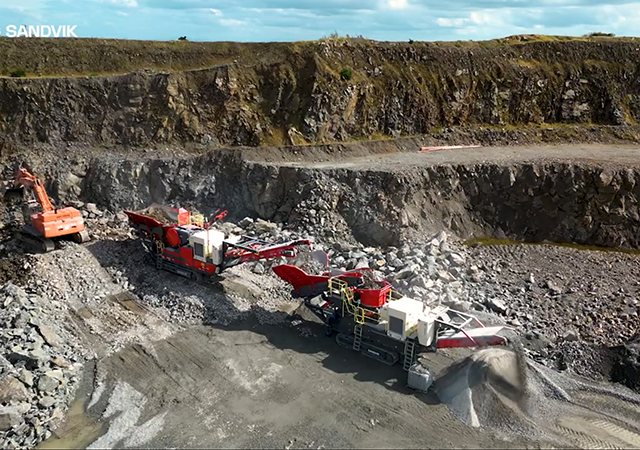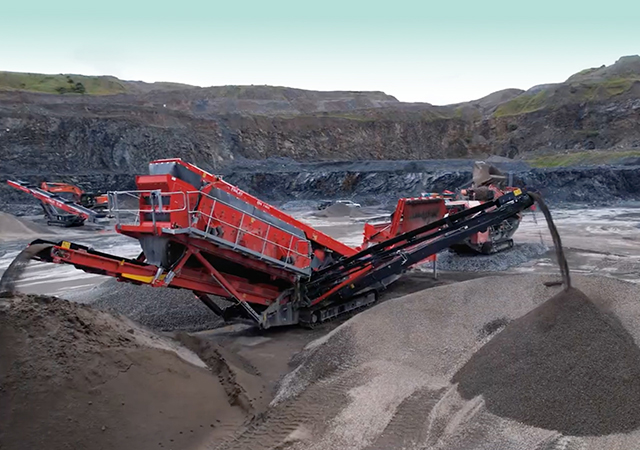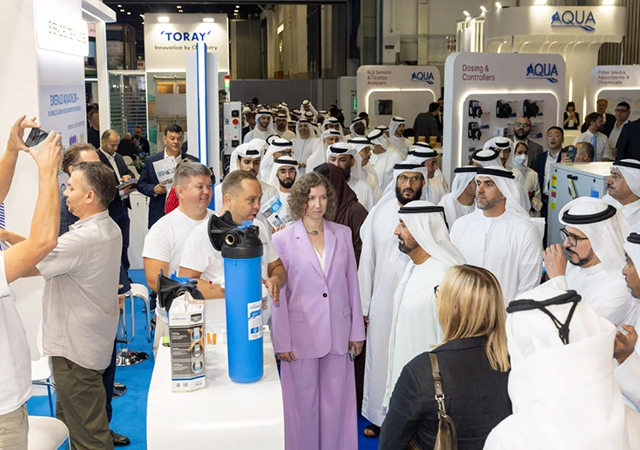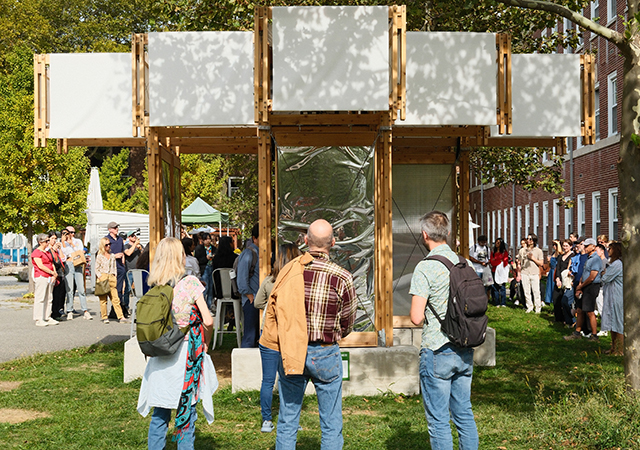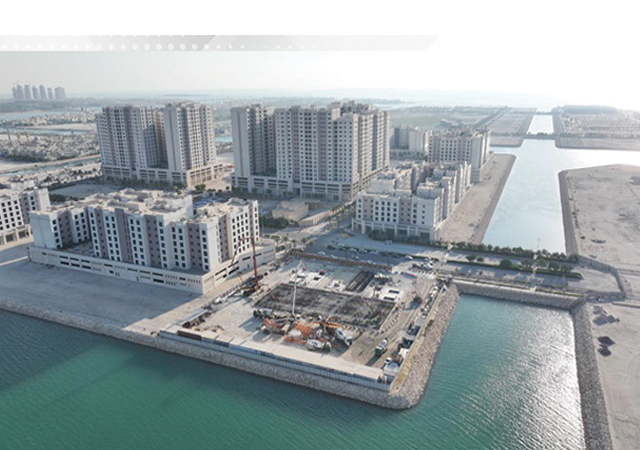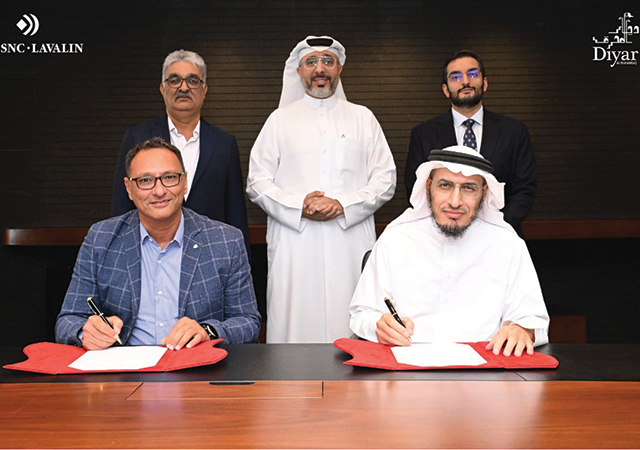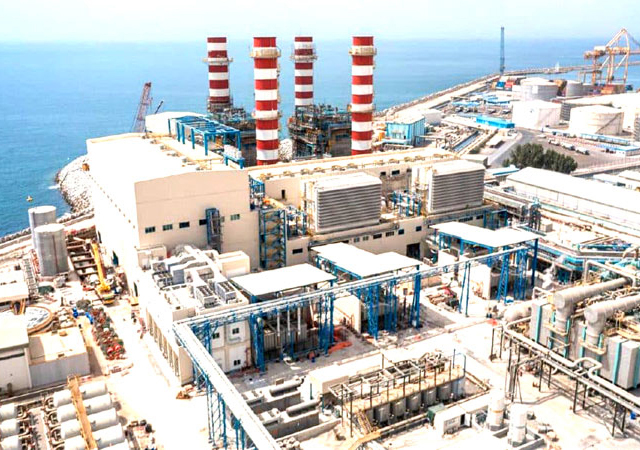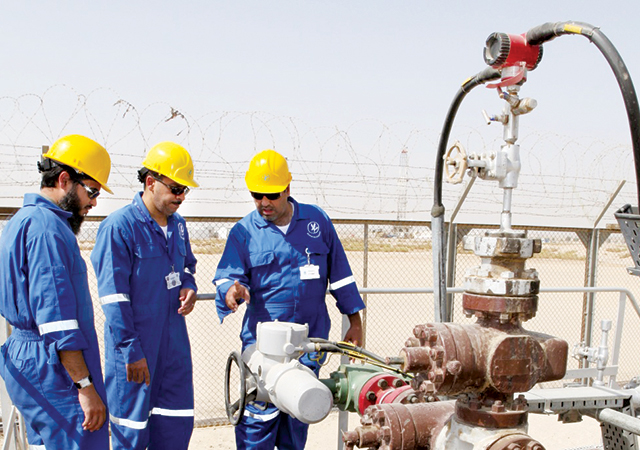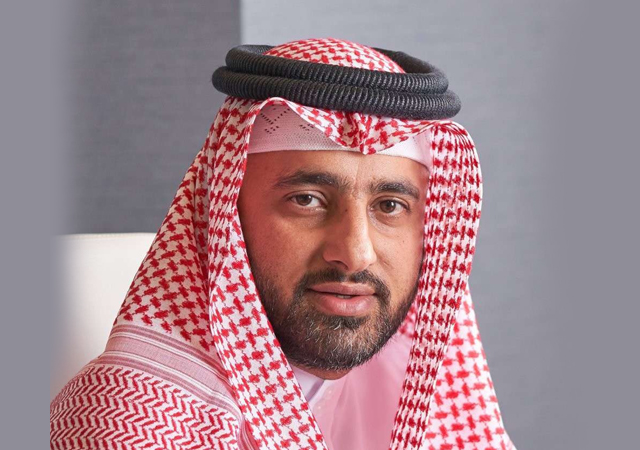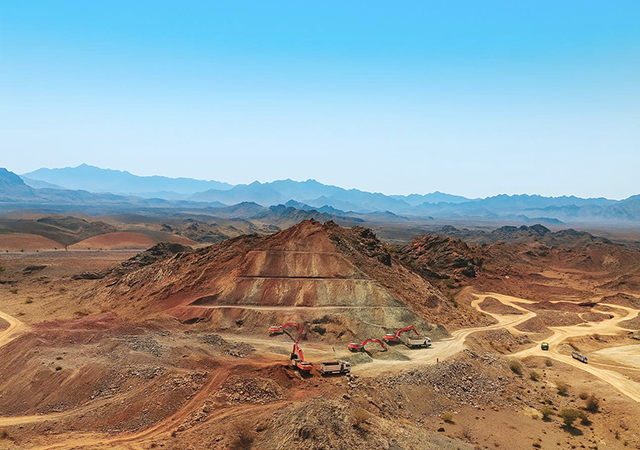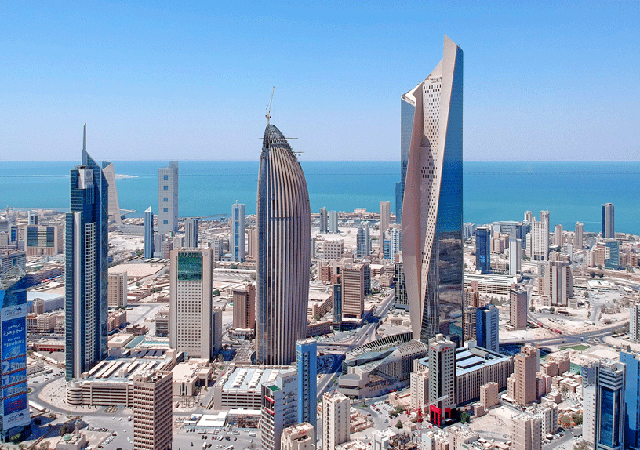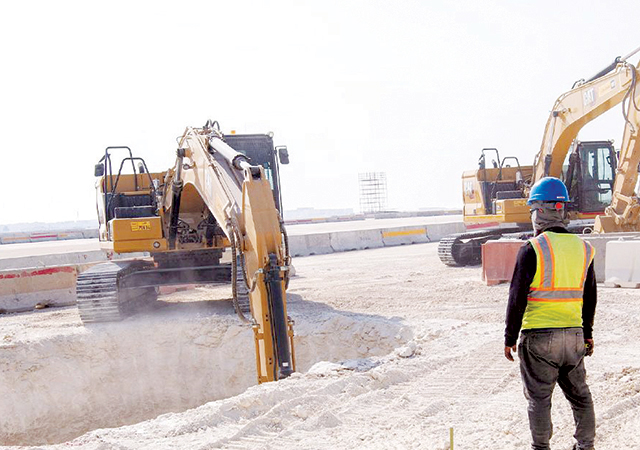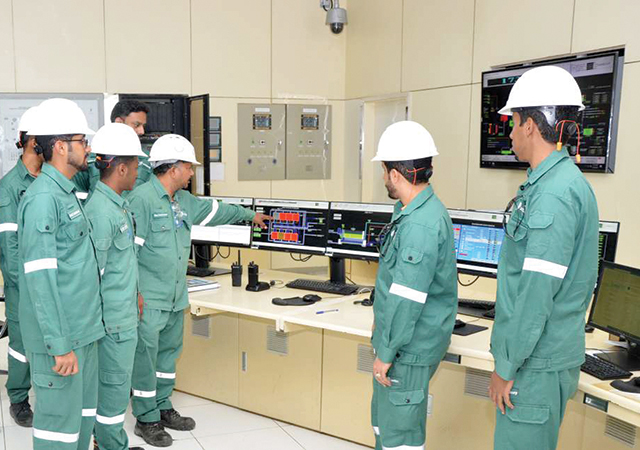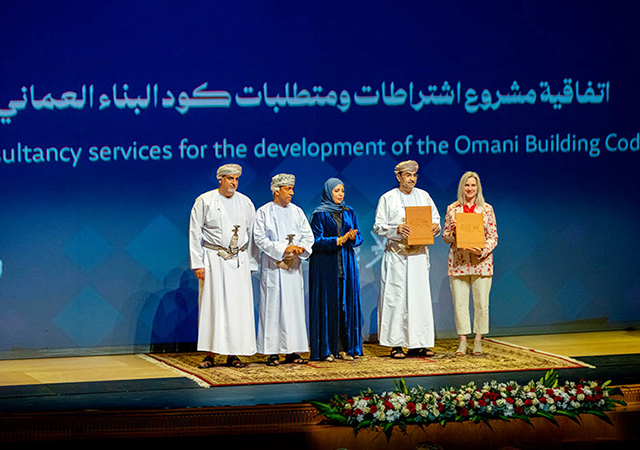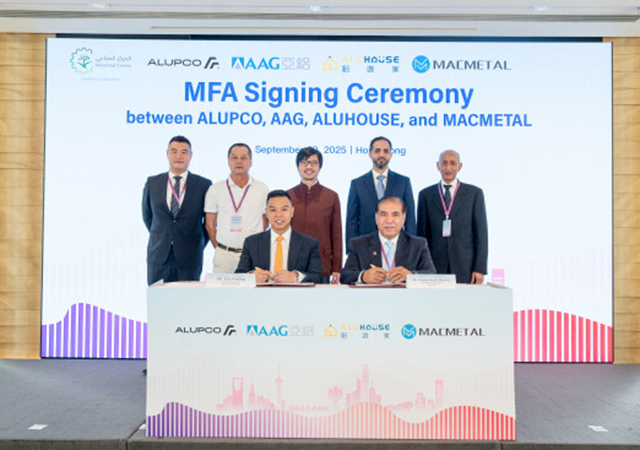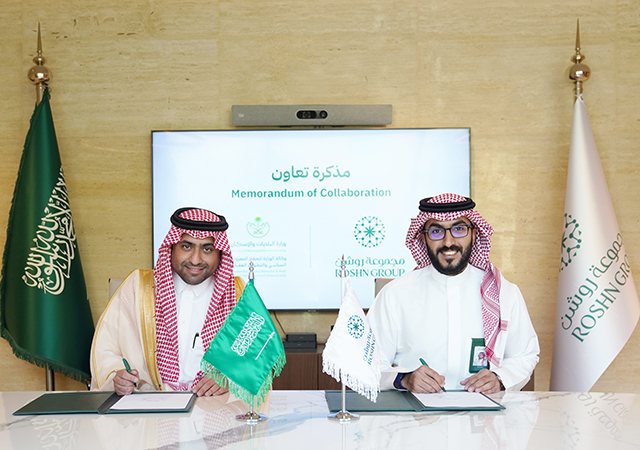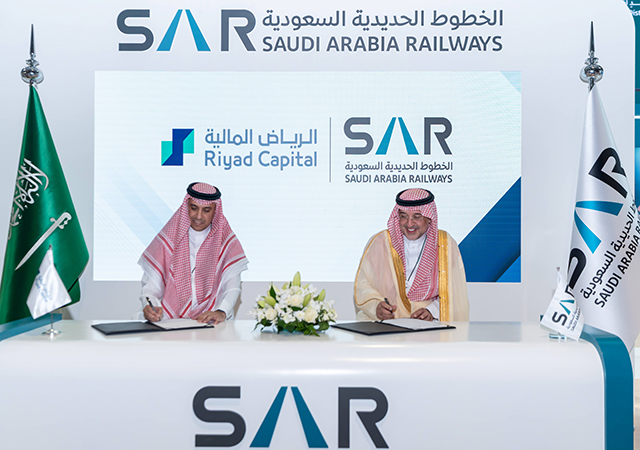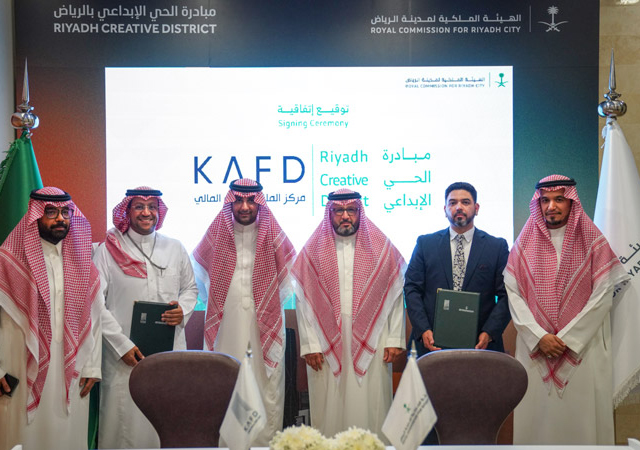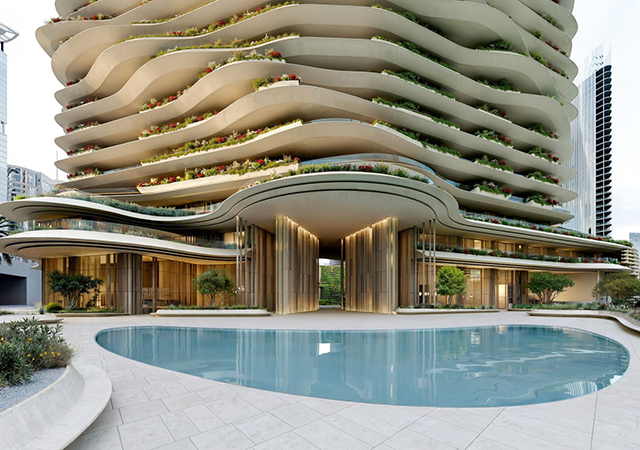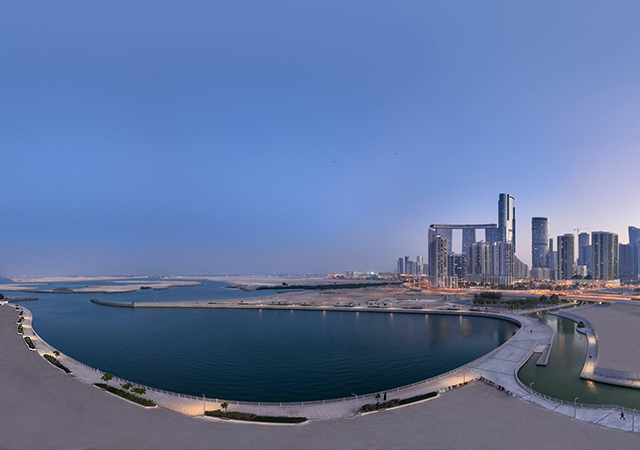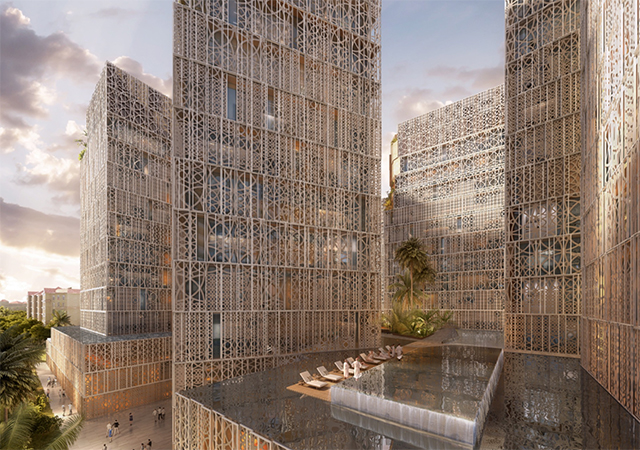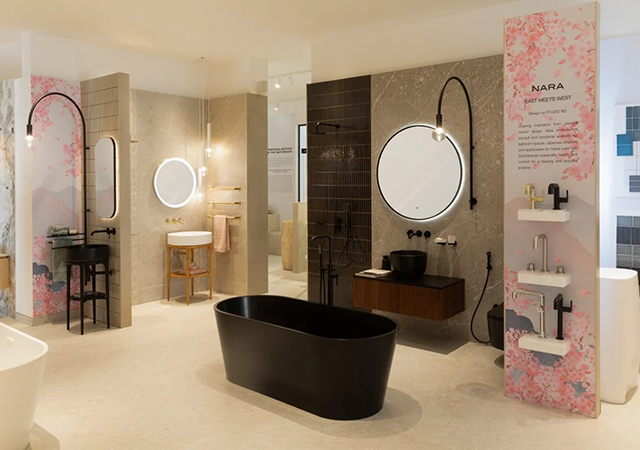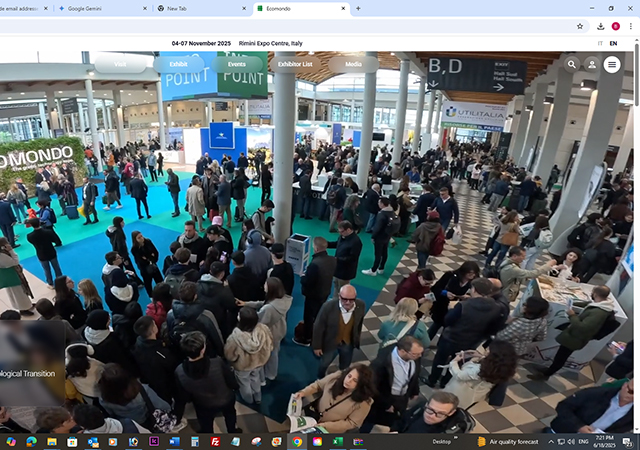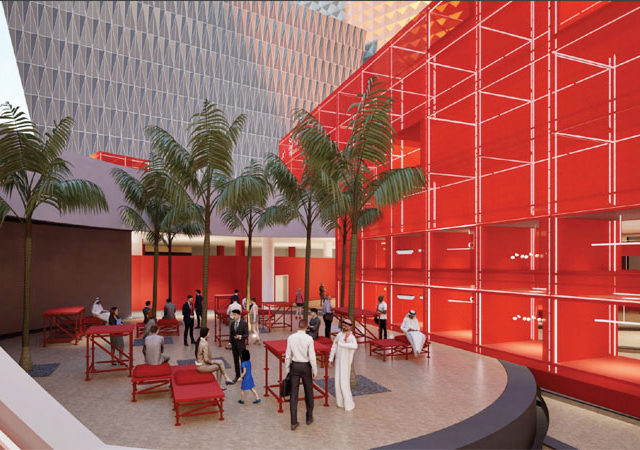
 Masa experts at work.
Masa experts at work.
MOHAMMAD ARIF HUSSAIN, an entomologist at Saudi-based Masa Establishment, identifies methods to manage drain flies through integrated pest management (IPM) techniques.
The urban sewer system provides a wealth of food and a conducive growth environment to pests that will feed on just about any kind of organic material, especially that which is decaying or rotting.
Organic material constitutes anything that is animal or plant in origin. In sewers, organic material is supplied in the form of food scrap from kitchens, human waste from toilets, and even rotting plant material that accumulates in storm drains.
Pests in underground sewer systems live in a protected environment, where temperatures are fairly constant year round, humidity is high, food is available, and there is little disturbance. This means that sewer pests can develop and reproduce year round.
Not all urban sewer systems are the same. In some cities, household waste is handled separately from stormwater. In these cities, the two types of wastewater are diverted to separate pipes. Other municipalities have older combined systems that direct household wastewater and stormwater into the same network of pipes. Then, the combined discharge is sent to a sewage treatment facility. Of the two types of sewage systems, the combined system is more likely to support pests and allows free movement in and out.
These various sewer pests, however, often leave the sewers and move into homes and buildings. Phorid flies and drain flies are often associated with a sewage line break under the slab of a home or other building. The flies escape from the sewer lines and then breed in the organic “goo” that leaks from the broken pipe. These flies and cockroaches can get into buildings from a sewer back-up, a break in the slab, or through floor drains that have been allowed to dry out. Rats move out of sewer systems at breaks in the drainpipes and then burrow up into yards. They can also follow lateral lines directly into buildings, swimming up through ungrated floor drains and up through toilets.
Sewage treatment plants can contribute their own pest problems. Drain flies, also called sewage flies, can live and breed in sewage plant filters and sometimes cause a problem for residents living nearby.
Management
Drain flies can be managed through several methods, which include:
• Inspection and prevention: The most important and key step is to eliminate the breeding sites. In residential homes, the most common developmental sites are bathroom drains. In commercial facilities and restaurants, common developmental sites include sink and floor drains in food preparation areas, grease traps, mop drying tubs, and evaporation pans placed beneath appliances.
The presence of adult pests within a drain or resting on walls near a drain is a clear sign that this drain is a development site. When inspecting for moth fly development sites, it should be noted that these flies can sometimes disperse from off-site sources. Moth flies are often proliferate at sewage treatment facilities and disperse via wind to nearby homes and buildings where they can gather in large numbers.
• Physical methods: Physical control is an integral part of eliminating drain flies. These methods will vary, depending on where the flies have originated from. If flies are developing within the home or other structure, removal of the larval habitat will provide suitable control. Drains may need to be snaked first to clear any blockage that is slowing down the drainage and also to prevent further build-up of organic material within the drain. Similar removal of wet organic material followed by cleaning will eliminate development sites in exposed locations. If development sites are not exposed (such as within a wall void or beneath a structural foundation), a professional pest control company such as Masa Establishment should be contacted for advice.
Lastly, it is important to consider the role of light that attracts drain flies. Flies are often attracted to structures during the evening hours by external building lights. Lights should be placed away from doors or other building openings to prevent flies being attracted to the interior of the building, and lights near the structure should use sodium vapour lamps or insect lights, which are less appealing to drain flies.
• Chemical control: Chemical control is generally considered unnecessary for drain fly management, as this will only be temporary unless larval development sites are located and removed. The use of insecticides to control these flies in residential homes is particularly discouraged because usually only one or a few drains are involved and cleaning them can provide an effective long-term solution.
In non-residential urban structures, the application of non-residual chemicals formulated as ultra-low volume (ULV) fogs or space sprays may provide immediate control of adult flies. Insecticides may also be used when the flies are produced off-site or larval development sites cannot be eliminated. In these cases, treatment with a residual pesticide applied to resting surfaces may provide some relief. Pesticide applications should be made only by those licensed to do so. A professional pest control company should be consulted in cases where pesticide applications are considered.
Masa Establishment for Pest Extermination, Maintenance and Contracting has a qualified team to resolve pest problems by applying integrated pest management (IPM) techniques. Its preventative maintenance programme helps mitigate the chances of recurring pest problems.




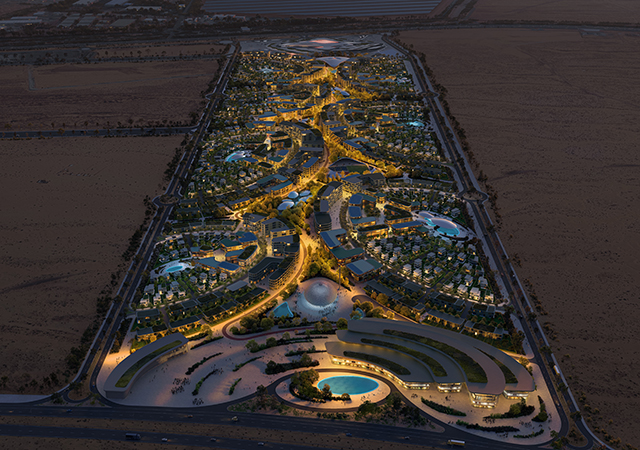
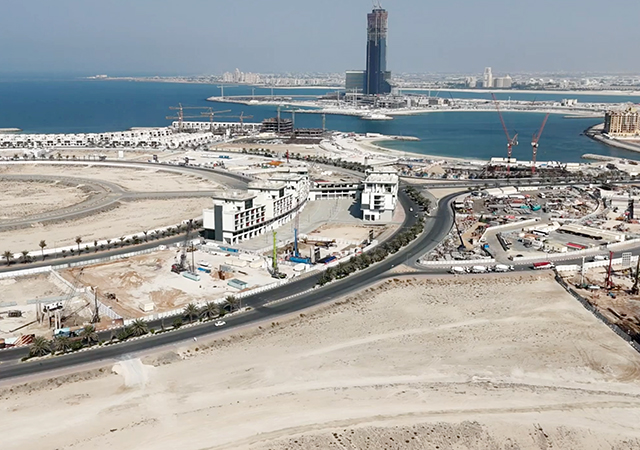


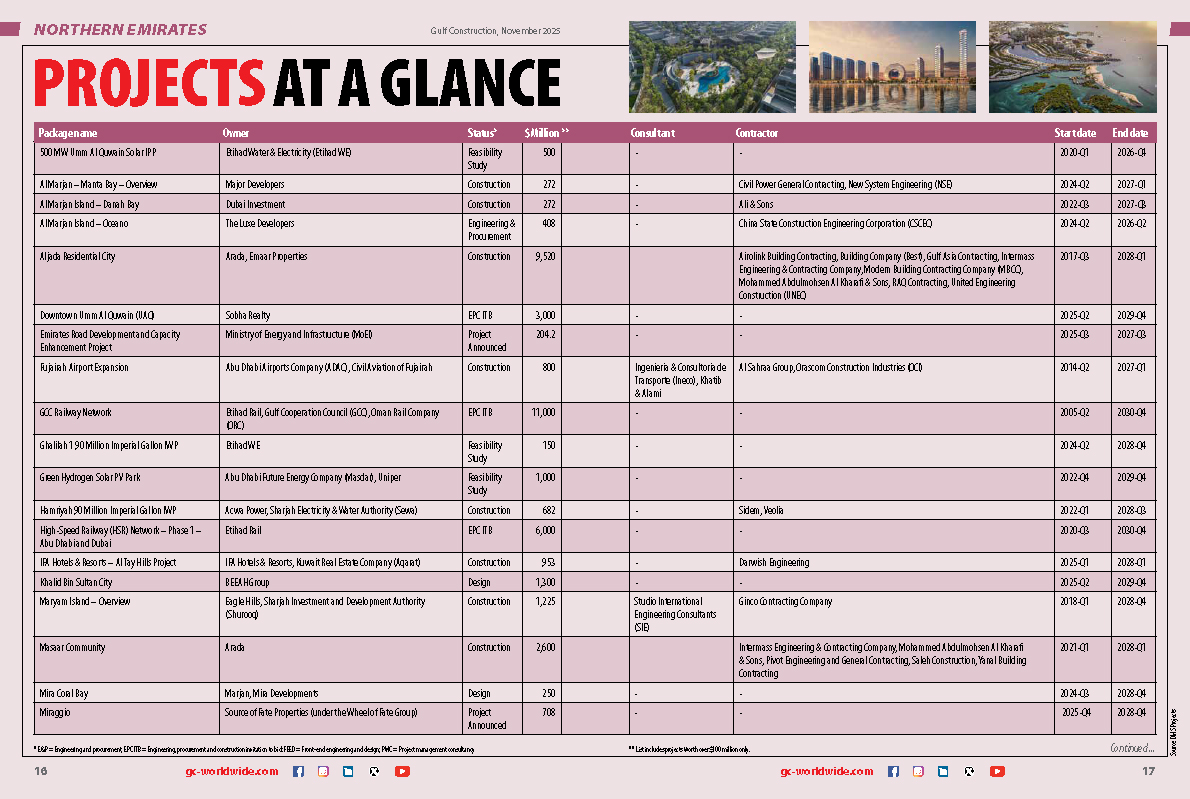


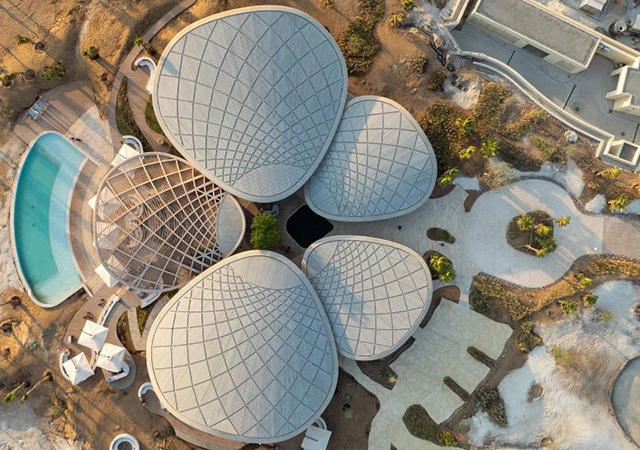

(5).jpg)
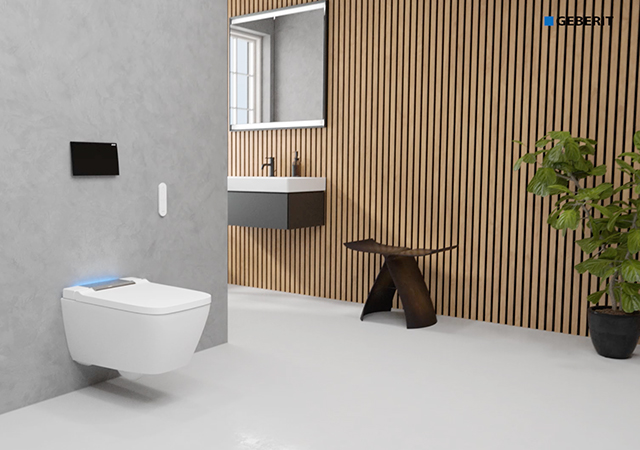





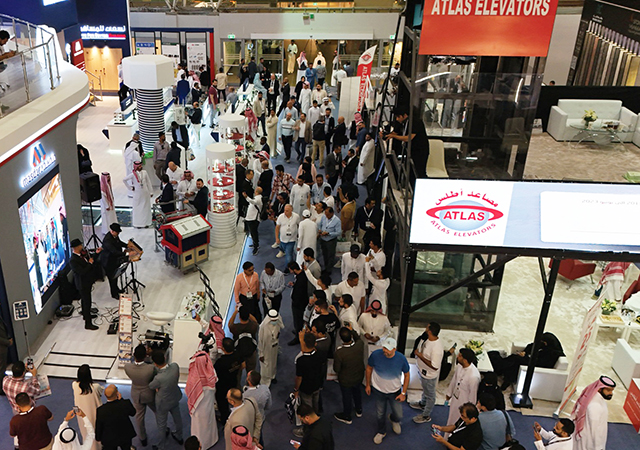

.jpg)



